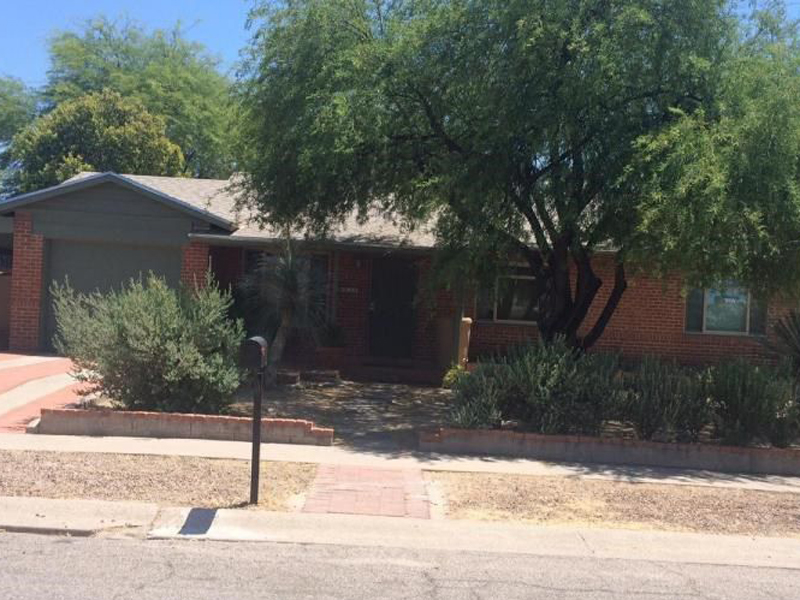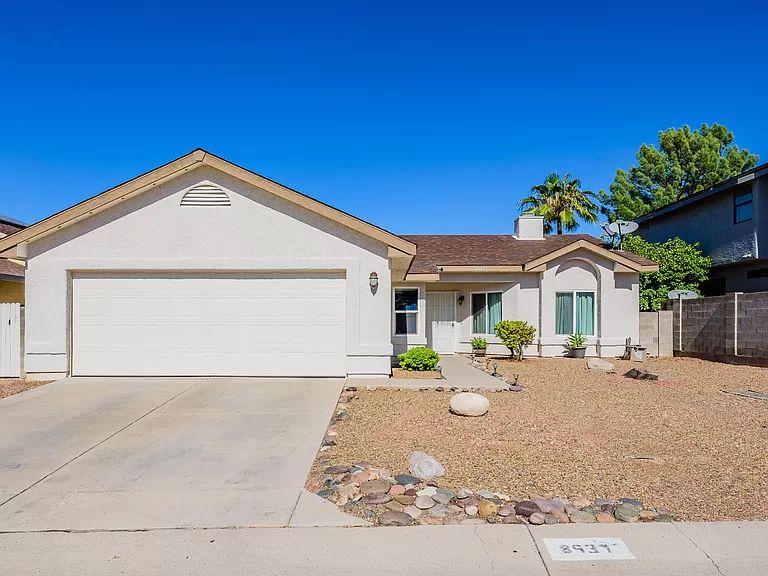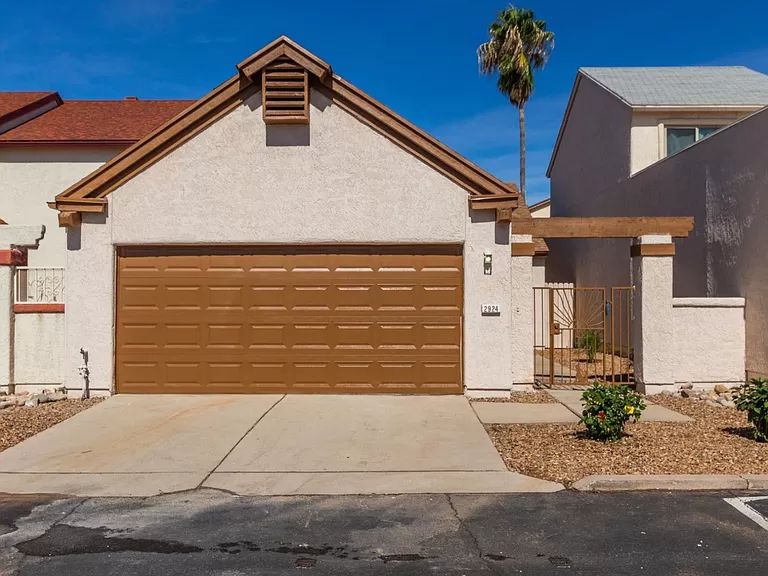Is Your Garage Door Stuck? Below's What to Do Initial
When your garage door will not open up, start with these crucial security checks before attempting any repair services. Initially, guarantee no person is standing near the door and that lorries are free from the opening. Try to find apparent indications of damages like broken panels, bent tracks, or hanging wires. If you see a snapped spring or significantly damaged elements, quit immediately and call a professional—-- these repair services require customized tools and knowledge to deal with safely.

Inspect These 6 Points Prior To Calling a Specialist
Before assuming you need pricey repair work, go through this quick diagnostic checklist that addresses most garage door problems:
-
Power source: Verify the opener is connected in and the outlet is working
-
Remote batteries: Replace dead batteries in your push-button control
-
Manual lock: Examine if someone mistakenly engaged the manual lock
-
Obstructions: Search for particles blocking the door's path or sensing units
-
Emergency situation launch: Make sure the red emergency cable hasn't been drawn
-
Circuit breaker: Validate the garage circuit hasn't stumbled
These basic checks resolve roughly 70% of garage door issues without calling for expert treatment.
10 Typical Reasons Your Garage Door Won't Open Up
Comprehending why your garage door opener isn't functioning helps you select the appropriate remedy. Right here are the most constant causes homeowners experience:
Dead remote batteries stand for the easiest repair—-- when batteries die, the remote can not best garage door opener repair service options send signals to the opener. Power blackouts or stumbled breakers reduced electrical energy to the motor. Broken springtimes prevent the door from raising effectively and call for immediate professional focus. Sensing unit misalignment causes safety and security systems to block door procedure. Track blockages stop rollers from moving smoothly. Motor overload triggers automated shutoffs when the opener spots resistance. Limitation switch problems puzzle the opener concerning door position. Wire damage interferes with the training mechanism. Weather-related concerns affect door motion throughout extreme temperatures. Part wear from age slowly minimizes system performance.
Problem # 1: Dead Push-button Control Batteries
When your wall surface switch functions but your remote doesn't, dead batteries are generally the wrongdoer. Most garage door remotes use either 3-volt lithium or 12-volt alkaline batteries. Get rid of the back cover of your remote and inspect the battery type. Change with fresh batteries and test the remote. If it still does not work, you might require to reprogram it to your opener. Consult your opener's manual for certain reprogramming directions, as the procedure varies by supplier.
Issue # 2: Power Supply Issues
Garage door power issues commonly come from loose connections or stumbled circuits. Examine that the opener is securely plugged into its outlet—-- resonance can loosen connections gradually. Examine the electrical outlet with one more gadget to verify it's functioning. Analyze your home's breaker box for tripped circuits, particularly if you have actually experienced storms or power fluctuations. GFCI outlets might have stumbled and require resetting. If the opener has power but will not respond, the issue likely lies in other places in the system.
Trouble # 3: Broken or Damaged Springs
Damaged garage door springs are amongst the most unsafe components to take care of. If you listen to a loud bang from your garage or notice the door really feels exceptionally hefty when attempting to lift manually, a spring has actually most likely snapped. Torsion springs run flat above the door, while expansion springtimes sit on either side. Never attempt springtime repair services on your own—-- these elements keep incredible tension that can create major injury or fatality. Specialist substitute commonly costs $150-$300 however guarantees your safety.
Problem # 4: Blocked Safety And Security Sensors
Modern garage doors feature safety and security sensors that protect against closure when objects are discovered. These sensing units can quit the door from opening up if they're dirty, misaligned, or blocked by debris. Clean sensor lenses with a soft fabric and ensure nothing blocks the invisible beam of light in between them. Check that sensing units are properly lined up—-- the majority of have indication lights that reveal connection status. Sensor troubles commonly settle with straightforward cleansing and modification.
Issue # 5: Track Obstructions or Damage
Garage door tracks guide rollers as the door goes up and down. Dirt, particles, old oil, or tiny objects can jam the system. Inspect tracks aesthetically and get rid of any kind of blockages with a brush or towel. Search for dents, bends, or warping that might hinder smooth procedure. Small track changes are possible for useful property owners, yet substantial damages calls for professional repair work to prevent additional issues or security risks.
Issue # 6: Garage Door Opener Electric Motor Issues
When the garage door motor runs but the door does not relocate, numerous issues could be liable. The motor may be overwhelmed and shutting down as a safety measure. Equipment wear, particularly in older devices, can prevent appropriate operation. Chain or belt drive issues impact power transmission. If you listen to uncommon grinding, clicking, or humming sounds, quit making use of the opener quickly. Electric motor repairs typically cost greater than substitute, specifically for units over 10 years old.
Detailed DIY Troubleshooting Overview
Follow this systematic strategy to garage door fixing while prioritizing security throughout the process:
Step 1: Check the wall button initially. If it functions yet the remote does not, concentrate on remote problems. If neither jobs, inspect power supply.
Step 2: Check out the hand-operated launch cable. If it's been pulled, the opener is disengaged from the door. Press the trolley back to reconnect.
Step 3: Manually examine the door by disengaging the opener and trying to raise the door by hand. It should move smoothly and stay in place when half-open.
Step 4: Check visible parts for damage, paying special interest to springs, cords, and tracks.
Step 5: Check all safety and security functions consisting of sensors, restriction switches, and auto-reverse features.
Action 6: Examination different controls (remote, wall button, keypad) to isolate the trouble resource.
Constantly use safety glasses and work handwear covers when performing evaluations, and never effort repair services on springs or high-tension components.
When to Call an Expert vs. do it yourself Solutions

Knowing when to call a garage door professional versus attempting do it yourself repair work protects both your safety and security and your purse. Manage these concerns on your own: dead remote batteries, power supply problems, minor track cleaning, sensor cleaning and placement, and standard lubrication.
Never try these repair work yourself: spring substitute or change, cable television repair services, significant track realignment, electric wiring problems, opener motor substitute, or any repair including high-tension parts. Specialist professionals have specialized tools, training, and insurance policy to manage dangerous fixings securely.
Consider repair work costs versus replacement expenses, especially for doors over 15 years of ages. Modern garage doors supply far better security features, energy efficiency, and integrity than older models.
Emergency Situation Garage Door Solutions
When you're stuck with a garage door that will not open up and require immediate access, adhere to these emergency situation treatments:
Handbook Procedure: Pull the red emergency situation release cord to disengage the opener. This allows manual operation yet needs correct technique to avoid injury. Lift the door gradually and uniformly, making use of leg muscles instead of your back. Many residential doors weigh 100-150 pounds, making them convenient for many grownups.
Temporary Repairs: If the door opens manually however will not stay up, prop it open with sawhorses or clamps—-- never ever use your body or automobiles as assistances. For doors that will not shut completely, guarantee the opening is safeguarded if you should leave.
Emergency Solution: Lots of garage door business use 24/7 emergency solution for scenarios involving safety issues, caught cars, or complete system failings. While more pricey than routine service phone calls, emergency repairs supply prompt solutions when required most.
Safety and security Caution: What NOT to Do
Garage door safety and security needs understanding dangerous repair services that must never be attempted by house owners:
Never try to fix springs—-- they save enough energy to cause fatal injuries when they snap or are improperly taken care of. Do not force a stuck door—-- this can damage the opener, tracks, or door panels, creating extra pricey issues. Avoid bypassing security attributes—-- sensing units and auto-reverse mechanisms protect against significant injuries and residential property damage.
Do not overlook unusual sounds—-- grinding, scratching, or banging sounds suggest troubles that aggravate in time. Never make use of the door if cable televisions are frayed or damaged—-- the door could fall suddenly. Don't attempt electric repair services unless you're a qualified electrical expert—-- garage door openers use both 120V house present and low-voltage control circuits.

Preventative Upkeep to Prevent Future Troubles
Routine garage door maintenance avoids most typical issues and extends system life expectancy significantly:
Month-to-month Tasks: Visual evaluation of all components, testing auto-reverse safety attributes, checking and tightening equipment, and cleaning tracks and sensing units.
Quarterly Tasks: Oiling all moving get rid of appropriate garage door lube, screening manual procedure, and examining climate sealing.
Annual Tasks: Expert examination and tune-up, springtime modification if needed, and opener maintenance including belt or chain modification.
Seasonal Tasks: Getting ready for climate extremes, inspecting insulation, and readjusting opener settings for temperature level adjustments.
Consistent upkeep costs much less than emergency fixings and makes certain trustworthy procedure year-round.
Garage Door Won't Open FAQs
Why will not my garage door open with the remote however works with the wall surface switch?
This normally suggests dead remote batteries, signal disturbance, or the need to reprogram the remote. Check batteries first, after that consult your opener manual for reprogramming instructions.
Can I manually open my garage door if the power is out?
Yes, draw the red emergency situation launch cord to disengage the opener, after that lift the door by hand. Be prepared for the door's complete weight and lift with appropriate technique to stay clear of injury.
Exactly how do I recognize if my garage door springtime is broken?
Signs include a loud bang from the garage, the door sensation incredibly hefty when lifting by hand, visible voids in the springtime coils, or the door only opening up a few inches before quiting.
Is it safe to use my garage door if it will not open all the way?
No, partial operation indicates mechanical problems that could intensify instantly. Stop making use of the door and have it examined by an expert to avoid more damage or injury.
What should I do if my garage door opens up yet will not close?
Examine safety and security sensors for blockages or imbalance, examine the tracks for debris, and evaluate the auto-reverse feature. If these do not fix the issue, seek advice from an expert.
How much does it set you back to fix a garage door that will not open up?
Expenses vary commonly relying on the problem: battery replacement ($5-$10), professional medical diagnosis ($50-$100), spring replacement ($150-$300), or opener replacement ($200-$500).
Can weather affect my garage door's capability to open up?
Yes, extreme cold can thicken lubricants and impact metal components, while warmth can create expansion problems. Many troubles deal with as temperatures stabilize, however persistent issues may need specialist focus.
Why does my garage door open up a few inches after that stop?
This usually shows broken springs, restriction button troubles, or track obstructions. The opener's security attributes quit operation when resistance is discovered, avoiding damage to the electric motor or door.
Get Professional Help for Complicated Concerns
When DIY repairing does not fix your garage door troubles, professional specialists supply the competence and tools required for risk-free, long lasting repair services. Qualified specialists detect issues accurately, use manufacturer-approved parts, and supply service warranties on their work.
Specialist solutions consist of: comprehensive system inspections, spring and wire substitute, opener repair work and substitute, track alignment and replacement, electric troubleshooting, and emergency situation service telephone calls.
What to anticipate: ahead of time rates, accredited and insured technicians, same-day solution for several repair work, and follow-up upkeep recommendations.
A lot of garage door firms supply free quotes for major repair services and can offer instant services for immediate troubles influencing home safety or automobile accessibility.
Getting Your Garage Door Working Again
A garage door that won't open up doesn't have to wreck your day or break your budget plan. Beginning with simple troubleshooting steps like checking power, changing batteries, and checking out for apparent obstructions. Lots of problems have fast DIY options that bring back typical procedure within minutes.
Nevertheless, acknowledge when professional assistance is essential—-- especially for spring-related concerns, electrical troubles, or facility mechanical failings. Trying harmful repairs yourself risks severe injury and usually develops much more costly troubles.
Regular upkeep stops most garage door problems and makes sure trusted operation for years ahead. When troubles do occur, resolve them without delay to prevent more expensive repairs and maintain your home's safety and benefit. Whether you require a basic battery substitute or total system overhaul, solutions exist to get your garage door functioning smoothly again.